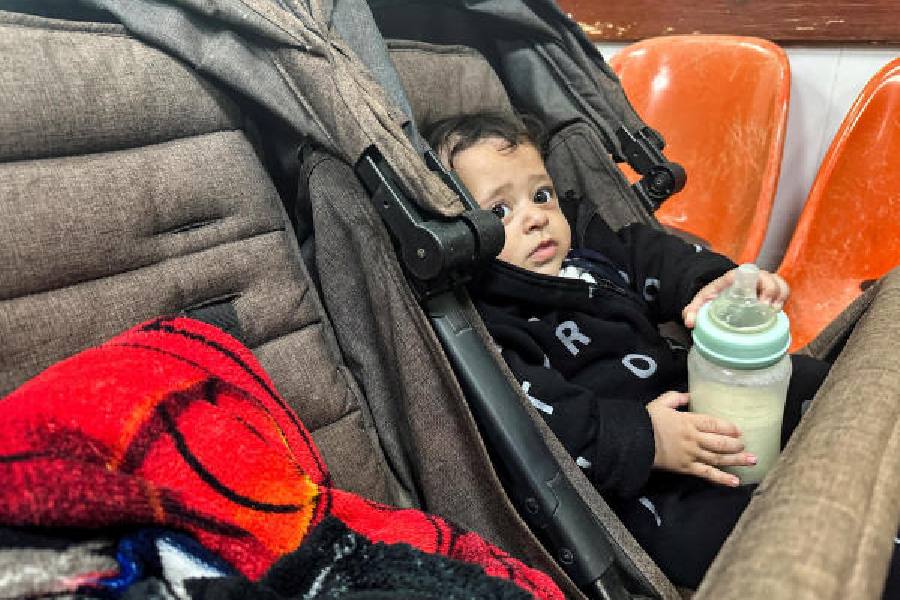The WhatsApp group members had advantages many fellow Palestinians in the Gaza Strip lacked: working cellphones and a way to communicate with one another to avoid deadly Israeli strikes.
But snippets of their conversations about the besieged southern city of Khan Younis show how even they were flummoxed by Israel’s sometimes contradictory evacuation warnings, which they described as confusing.
“How do you know which blocks are under threat? Where do you get the news from,” read one of the snippets seen by The New York Times.
“Is block 49 under threat?”
“People, if anyone understands the map, please clarify it to us.”
For the many people in Gaza without reliable cellphones or access to social media, the options for obtaining accurate information to navigate Israel’s evacuation orders are even more challenging — especially since the Israeli military this month intensified its offensive aimed at Hamas militants in southern Gaza.
The US has put pressure on Israel to change the nature of its southern campaign to ensure that it minimizes civilian casualties, does not decimate infrastructure and allows for the delivery of humanitarian aid. Israel says it is addressing the humanitarian concerns, pointing to the directions it has been issuing to people in Gaza — but on the ground, where a wrong turn can mean the difference between life and death, there remains widespread confusion.
Since the pause in fighting ended and the focus on southern Gaza began an Israeli military spokesperson, Lieutenant Colonel Avichay Adraee, has posted a series of Arabic-language maps on social media showing which areas people should leave because of danger, accompanied by text about which blocks to evacuate.
The block numbers correspond to an interactive map of the zones that the military published on December 1. The Israeli military has also dropped flyers in Arabic, among other methods, in various regions advising civilians to evacuate. The US, Israel’s closest ally, has said the maps represent an improvement on Israel’s part to protect civilians.
However, it quickly became clear that people in Gaza were having a hard time understanding the evacuation orders. Communication networks are unreliable and spotty in Gaza, so many people cannot gain access to online maps and instructions. Electricity is also scarce, which makes it difficult to keep mobile phones charged. Some Gaza residents say they have not even seen the maps.
Moreover, the Israeli military’s evacuation announcements have at times seemed to contradict themselves.
In one post on December 2, for example, Israel published a map that highlighted the area east of Khan Younis bordering Israel and directed those staying in the highlighted area to move south to Rafah. However, the text of the post listed block groups to be evacuated that were not shown on any map in the same post — and some were on the opposite side of Gaza, on the coast.
In a post-December 3, the map with an evacuation order told Gaza residents in dozens of specific blocks to leave.










